Bio-Energy TIMPs
Introduction
- Bioenergy is one of the sources of renewable energy.
- It’s also known as bio-fuel because it comes from renewable biological sources.
- The oldest form of bioenergy is firewood, used for heat.
- Can reduce the reliance on fossil fuels and thus reduce carbon dioxide emissions.
- Can also be generated from agricultural waste.
Benefits
- It is a renewable source of energy.
- It degrades easily reducing possible water and air pollution.
- Produce both heat and electricity.
- They don’t destroy the environment very much.
- They are used to manage waste disposal.
- Can be stored with minimal energy loss.
- Can increase soil stability and reduce soil erosion.
Example of a biogas plant
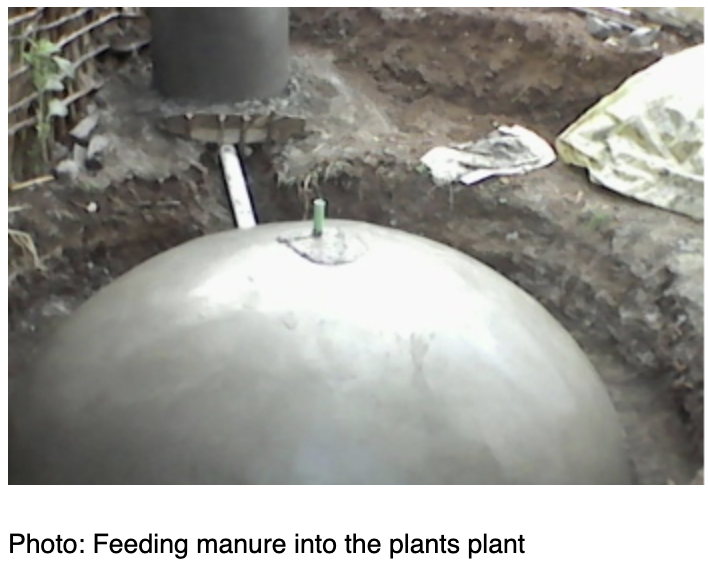
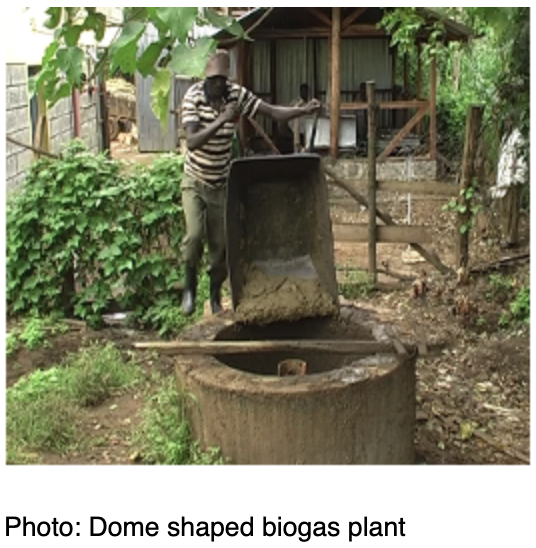
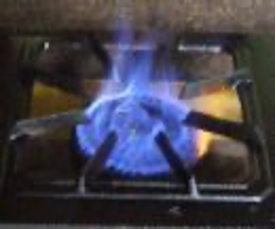
Photo: Biogas flame
Basic costs
The costs depend on the type of biogas plant e.g., a fixed dome is KES 100,000.
Benefits
- Provides cooking and heating fuel (stoves and burners 55 % efficient).
- Lighting fuel (biogas lamps with mantles).
- Reduces fuel wood use.
- It’s a clean source of energy (no smoke and soot during combustion).
- Produces a nutrient rich fertilizer.
- Cheaper source of cooking energy (a 2 cubic meter biogas plant can replace, in a month, fuel equivalent to 26kg of LPG, or 37 litres of kerosene, or 88kg of charcoal, or 210kg of firewood).
Description: A briquette is a compressed block of combustible biomass material like charcoal, sawdust, wood chips, peat, paper, and agricultural waste and used for fuel or to start a fire.
- Briquettes can be made from waste paper, cardboard, water hyacinth, crop residues, manure. charcoal dust, sawdust, rice husk, coffee husks, bagasse, ground nut shells, municipal solid waste and other agricultural waste.
- Briquettes are made by combining a binder (often soil, compost, or paper) with the materials and compressed into a uniform solid unit (either by hand or in a mechanized press).
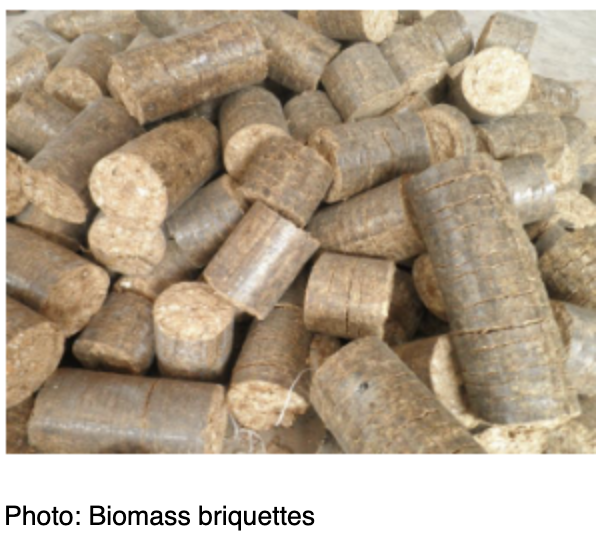
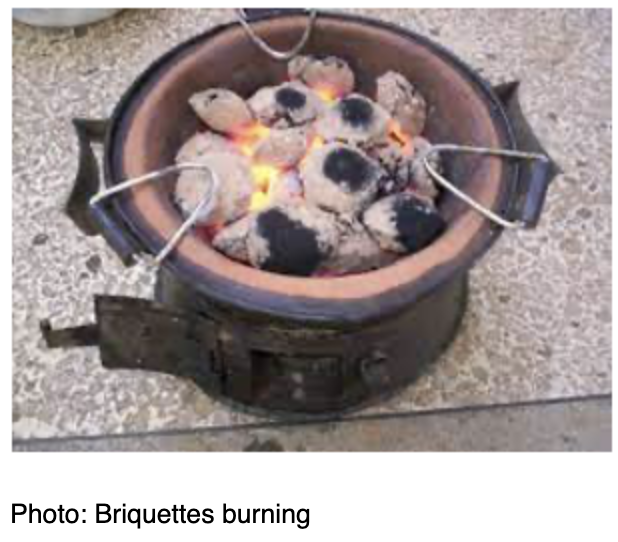
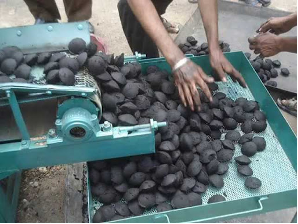
Photo: Charcoal briquettes
Benefits of Briquettes
- Economic – Cheap, generates income and employment opportunities, easy to make.
- Environmental – it burns better than firewood and charcoal, saves trees, contributes to managing solid waste.
- Social - Similar to charcoal and firewood, reduces time and energy collecting firewood, does not affect daily house work.
- Health and Safety - reduced health risks, safe to use indoors, increased safety of women and children.
Description
Improved cook stoves are cooking stoves that are intended to replace traditional cook stoves and open fires. They can use firewood, agricultural residue, animal dung or charcoal. Compared to traditional cook stoves, they consume less charcoal or firewood and also produce less smoke.
They are efficient because they are insulated and lose less heat to the surrounding when cooking. This makes it easy to cook fast and saves on the amount of money used in buying fuelwood.
Examples of improved cook stoves
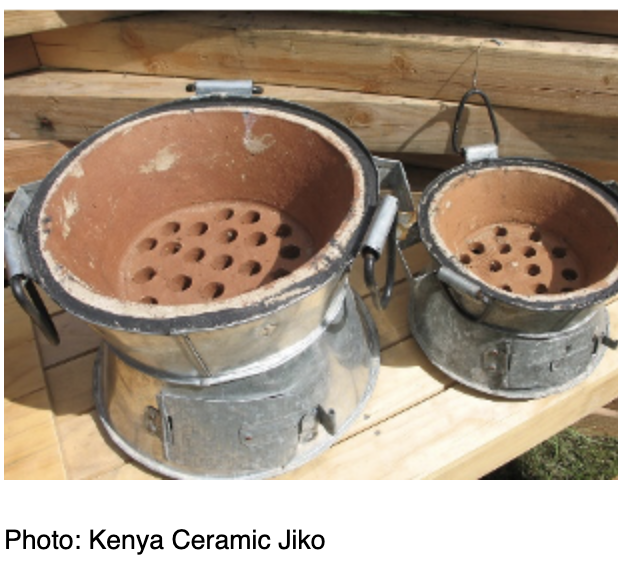
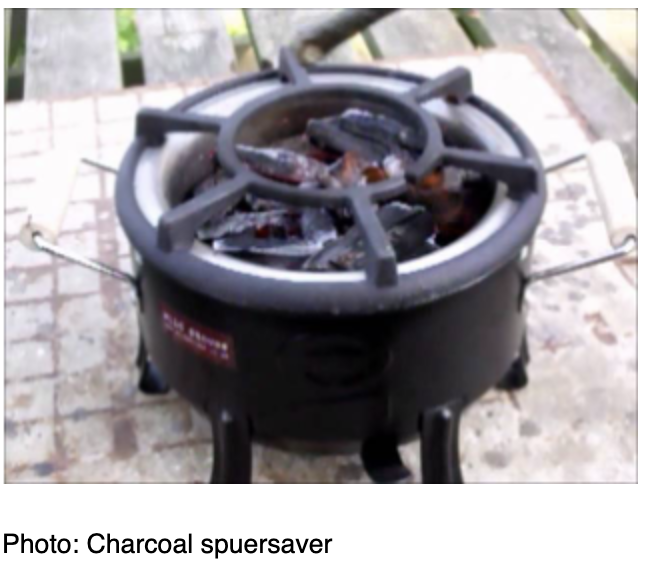
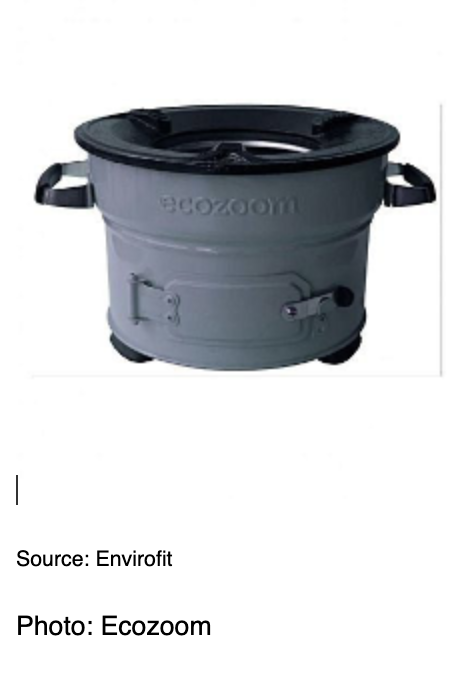
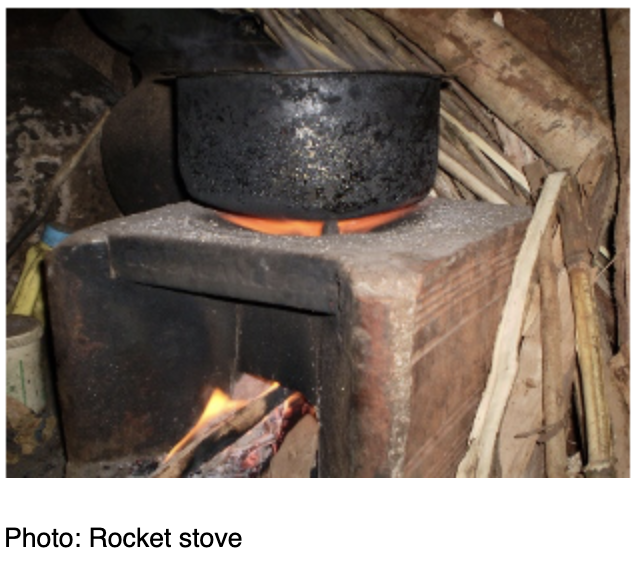
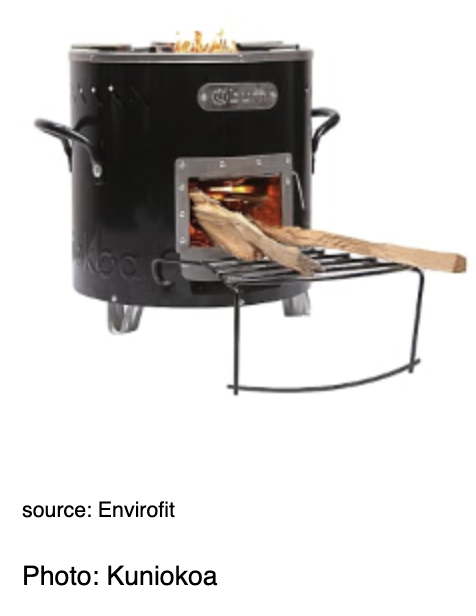
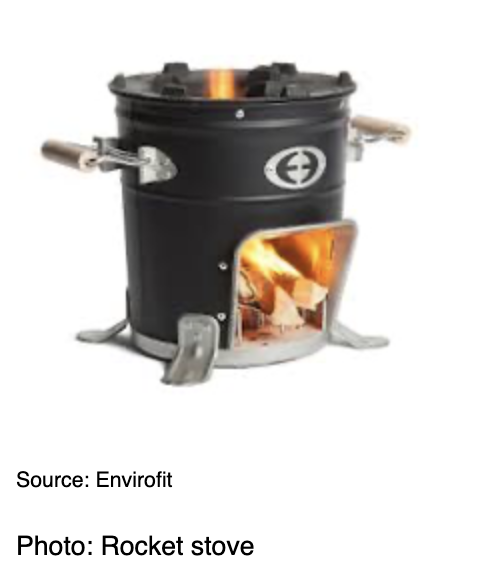
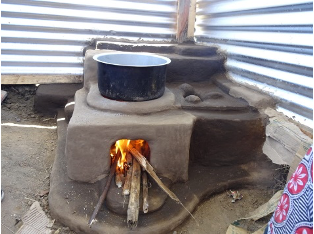
Photo: Improved Chepkube
Basic costs
The costs depend on the stove and the market.
- AMAHAWE Uganda. AWU Briquette Manual: Fuel from The Fields - Making Fuel Briquettes.
- BTG Biomass Technology Group 2013. Sustainable Charcoal Production from Alternative Feedstocks.
- Karanja, G.M. and Kiruiro, E.M 2003. Biogas Production.
- KARI Technical Note No.10, January 2003.
- KENBIM Domestic Biogas Construction Training 2009.
Kenya Agricultural and Livestock Research Organization,
P.O. Box 57811-00200, Nairobi, Kenya.
Call: 0111010100.